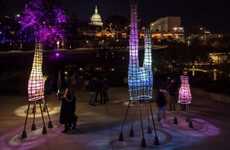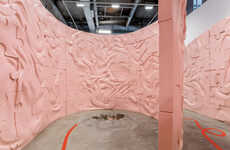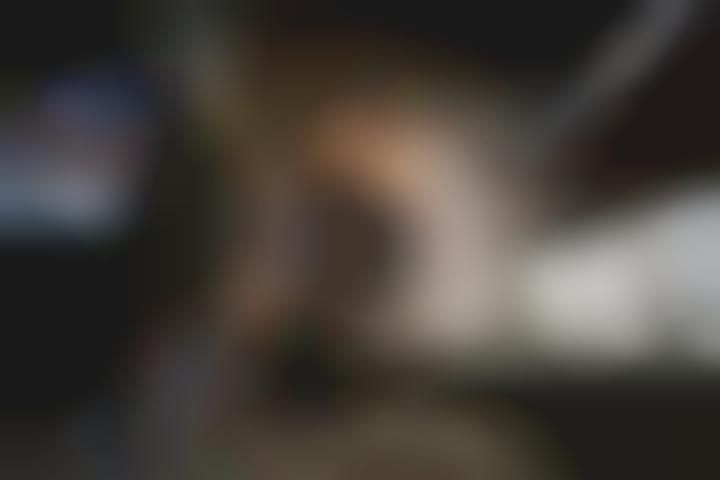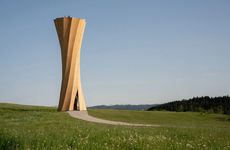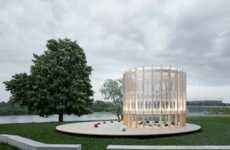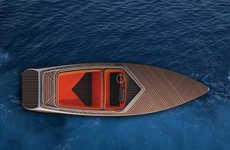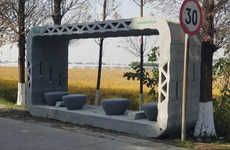
PBAI's 'Astrocyte' Features 3D-Printed Lights, Sensors and AI
Laura McQuarrie — December 27, 2017 — Art & Design
References: editdx.org & 3dprint
'Astrocyte' is the name of one of the newest project to be shared by Philip Beesley Architect Inc. (PBAI), offering an exploration of biophilic design through an interactive structure with 3D-printed lights and artificial intelligence.
For the creation of Astrocyte, PBAI sought to explore questions such as: "how might buildings and our environments begin to know and care about us? And might they start, in very primitive ways, to become alive?"
The interactive piece of architecture was recently on display at Toronto’s EDIT: Expo for Design, Innovation & Technology, featuring custom glasswork, acrylic, mylar and sensors. PBAI's Astrocyte interactive structure was created in collaboration with 4D Sound, with additional support from the Social Sciences and Humanities Research Council of Canada and the Ontario Arts Council.
For the creation of Astrocyte, PBAI sought to explore questions such as: "how might buildings and our environments begin to know and care about us? And might they start, in very primitive ways, to become alive?"
The interactive piece of architecture was recently on display at Toronto’s EDIT: Expo for Design, Innovation & Technology, featuring custom glasswork, acrylic, mylar and sensors. PBAI's Astrocyte interactive structure was created in collaboration with 4D Sound, with additional support from the Social Sciences and Humanities Research Council of Canada and the Ontario Arts Council.
Trend Themes
1. Biophilic Design - PBAI's 'Astrocyte' project explores biophilic design through 3D-printed lights and AI, opening up opportunities in sustainable architecture and interior design.
2. Interactive Architecture - 'Astrocyte' offers a new frontier in interactive architecture, with the potential for immersive marketing experiences in the retail industry.
3. Smart Building Materials - The use of sensors with custom glasswork, acrylic, and mylar in PBAI's 'Astrocyte' provides opportunities for the development of new smart building materials.
Industry Implications
1. Architecture - PBAI's 'Astrocyte' project signals a shift towards living architectural designs with the potential to revolutionize the architecture industry.
2. Interior Design - By exploring questions of how buildings can 'know' and 'care' for us, PBAI's 'Astrocyte' offers the interior design industry new ways of creating spaces that better support human well-being.
3. Artificial Intelligence - The integration of AI with 3D-printed architectural structures in PBAI's 'Astrocyte' project suggests opportunities for new applications of AI technology in the construction and building industry.
6.7
Score
Popularity
Activity
Freshness


